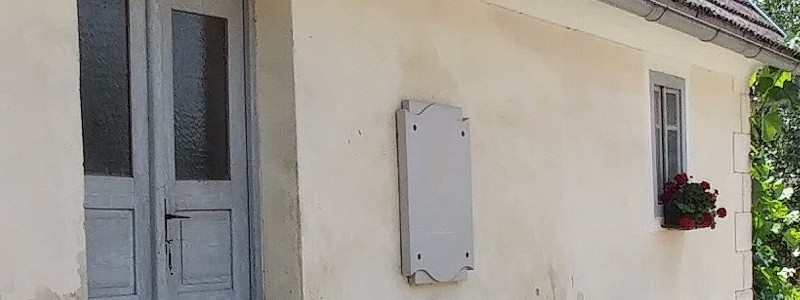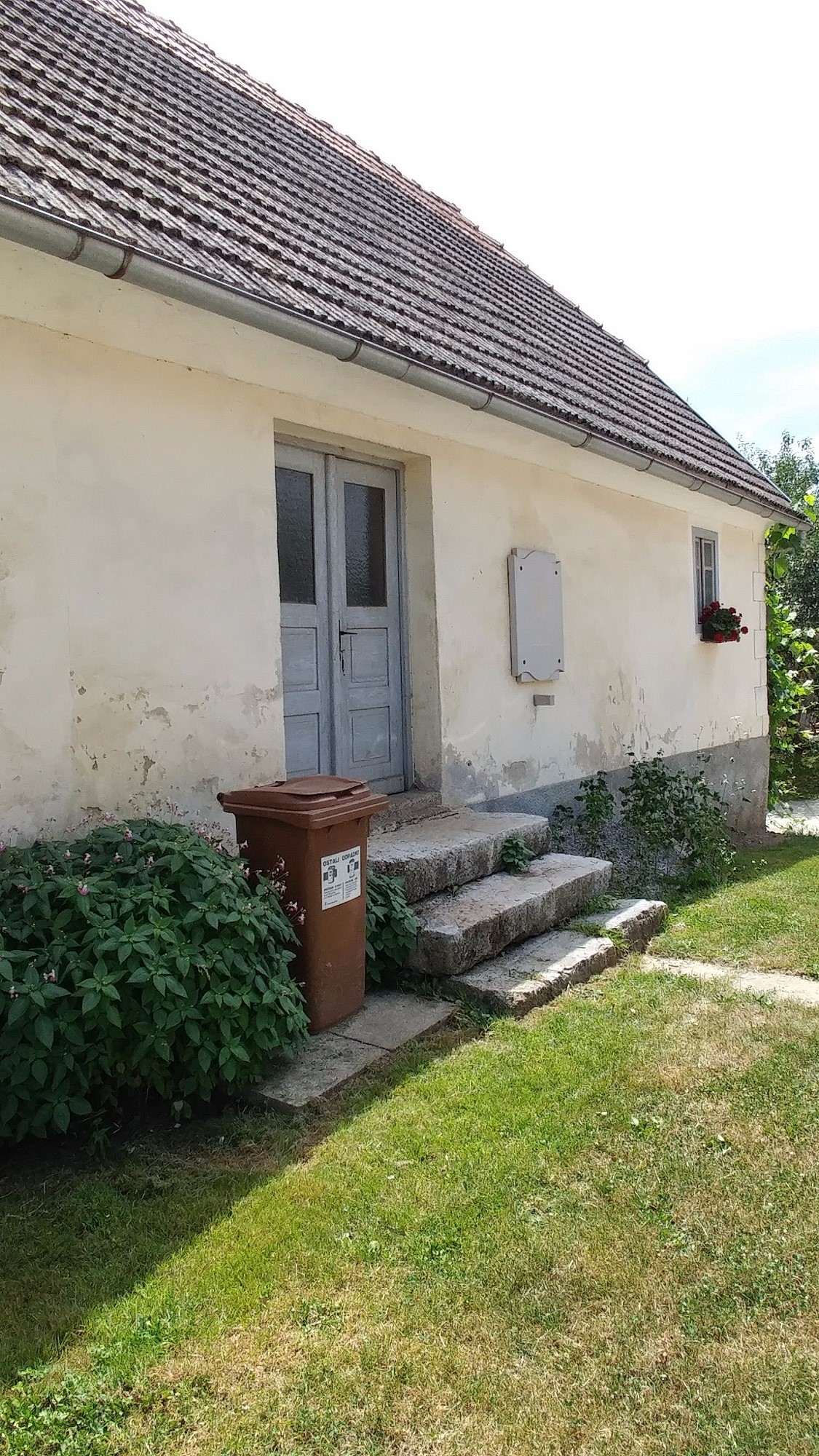The birthplace of Matija Tomc is in Bela krajina (White Carniola). The family home is built of stone, and has an exterior wooden gallery, stone stairs and partially refurbished interior. The year 1870 was inscribed into the house’s wooden ceiling.
Matija Tomc
Slovenian composer and priest Matija Tomc (1899–1986) achieved national recognition with his enduring legacy of secular and sacred choral music. Especially popular among his numerous church pieces was the mass Stopil bom k oltarju (I Shall Approach the Altar), which remains firmly embedded in the standard repertoire of Slovenian church choirs.
Tomc was first initiated into music while attending grammar school, under the tutorship of Ignacij Hladnik, church composer and organist to the Novo mesto chapter. He completed the second year of grammar school at the Diocesan Grammar School in Ljubljana, where he studied the viola and horn, and accompanied school masses on the church organ. In 1920, he enrolled at the Faculty of Theology and studied composition with composer Stanko Premrl. In 1923, he was ordained and appointed curate to the parish of Mokronog, where he served as choral director to the parochial choir. While in 1925 he assumed the position of a tutor at the St. Stanislav’s Institution, he later on chose to pursue further studies of composition and organ in Vienna, where the contrapuntal art of Bach’s polyphonic musical texture left an abiding impression on him.
Upon returning home, Tomc taught at the Diocesan Grammar School in Šentvid and the Classical Grammar School Ljubljana, where the school choirs performed his original compositions. He also taught organ at the Conservatory of Music and at the Academy of Music in Ljubljana. After the war, he served as a long-standing parish priest in Domžale.
Matija Tomc’s musical output comprises choral works for mixed, female- and male-voice ensembles, diverse compositions to be performed during mass and by children’s choirs. He also scored an opera, Krst pri Savici (Baptism at the Savica Fall), and seven cantatas, most notably Križev pot (Way of the Cross, 1942) and Stara pravda (Ancient Rights, 1956). While Tomc’s musical idiom is characterised by pronounced conservativeness, rhythmic complexity and distinctive polyphonic syntax, his masterly employment of modulation is particularly remarkable.
He aired his opinions on the Slovenian music scene in various critiques and discourses. In his writings, he also addressed issues concerning organ music, while his predictions of the future tendencies of this musical genre proved prophetic. It was as early as in 1931 that in one of his articles Tomc foretold the direction that the art of organ music would take, which at the time abroad tended towards reviving the Baroque instrument. In Slovenia, the organ movement was late to surface – not until the second half of the 20th century, when Slovenia too witnessed restoration of old, historical organs as well as the building of new organs featuring mechanical key actions, in accordance with principles of the Baroque.
Maia Juvanc

